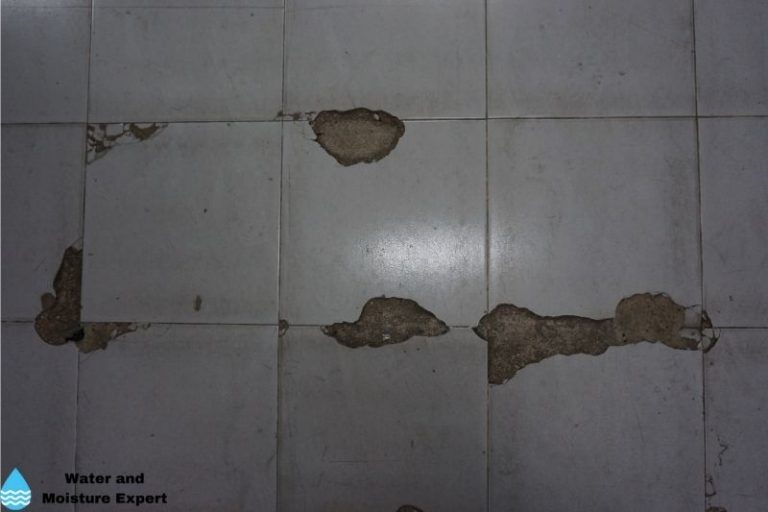How to Stop Bathroom Water Damage
How to Stop Bathroom Water Damage
Blog Article
Everybody has their own opinion in relation to Looking for Signs of Water Damage in the Bathroom.

The washroom is incredibly at risk for moist build-up and prospective water damages because of the constant use of water in it. This post offers basic inspection methods to aid discovering water damages risks.
The frequent use water in the bathroom makes it incredibly at risk for moist build-up and also potential water damage. By evaluating it routinely, you can minimize water relevant damages.
The complying with collection of inspections is simple to do and also ought to be done when in every 3 months in order to keep your restroom healthy and also to prevent potential water damages brought on by the bath tub, the shower, pipe joints and plumbing, sinks, cupboards, and also the commode
Do not neglect carrying out these assessments and be extensive while executing them. Keep in mind that these basic examinations can save you a lot of cash by giving early indications for water damage
Sinks as well as Cabinets
Sinks and also closets are revealed to moisture and humidity everyday and also are often neglected. Check consistently under the sink and on the countertop above it. Fix any type of drip in the catch as it might recommend drainpipe issues. Browse the sink, sluggish draining pipelines might suggest an obstructed drain. Replace sink seals if they are broken or loose.
Tub and Shower
The shower and bathtub require special attention and also upkeep. Examine the floor tiles and also change if broken. Ensure that there is no missing cement in between the floor tiles. Check as well as replace broken caulking at joints where the walls meet the flooring or the bath tub. Blocked drains and pipes troubles will certainly stop the tub from drying and might show severe issues beneath the bath tub. Seek advice from a specialist right away to prevent structural damage. Pay attention to stainings or soft locations around the tub walls as they might suggest an interior leak.
Plumbing
Signs for water damages are difficult to spot since the majority of pipes are installed inside the wall surfaces.
Pay special attention to floor covering as well as walls dampness as well as stains as they might suggest an invisible plumbing trouble. Inspect moisture degrees in adjoining areas also.
The Toilet
The commode is a prone water joint. Inspect the water lines and look for leaks around the commode seat, in the hose pipe, and under the water storage tank. If you detect any type of indicators of wetness on the flooring around the toilet, look for leaks in the toilet rim and also tank seals.
Know that hanging toilet bowl antiperspirants increases the possibilities for clogs.
How to Prevent Water Damage in Your Bathroom?
Water damage repair is an expensive, meticulous, and lengthy process. Unfortunately, bathrooms are the most susceptible rooms to water damage due to toilets, showers, and sinks. Pipes and fixtures wear out over time and are not immune to damage. But all is not lost, as there are ways to prevent water damage from occurring in your bathroom.
Check Your Plumbing
Nothing lasts forever, especially pipes, which can rust and begin leaking over time. You should periodically conduct pipe inspections and pay attention for any musty smells or water stains that may indicate you need water damage repair. Here are some things to check:
Frequently test valves for your toilet, shower, and sink to ensure they are properly working. Check faucet supply lines hidden under vanities and replace when needed. Replace cracked or deteriorating caulking along sinks, tubs, and showers. If you notice a clog in your sink, call in a professional. Since you can’t check the pipes in the wall, keep an eye out for stains, drywall bubbling, musty smells, and excess moisture; if the bathroom is on a second level, check the ceiling of the room directly below for these signs. Don’t Overwork Your Toilet
One of the most common reasons bathrooms need water damage repair is due to overflowing toilets. Save yourself the hassle of cleanup by being mindful and not pushing your toilet to extreme limits. If you have young children, it is especially important to keep an eye on them when they are in the bathroom and to teach them how to avoid clogging the toilet. Here are some more tips to help prevent your toilet from overflowing:
If you have a septic tank, only use septic-safe toilet paper Do not flush anything down the toilet besides toilet paper; items like diapers and sanitary napkins will clog the piping Pay attention to your toilet’s water level: If it’s low, it could mean it is partially clogged or that there is a crack in the toilet bowl Maintain Your Shower/Tub
Replace showers or tubs with cracks or other damage; even hairline cracks can allow water to seep in and cause damage. Grout and caulk help prevent water from seeping into walls and floors, so repair them if they are chipped, cracked, or deteriorating. Replace torn shower curtains or shower doors with seals that no longer work. Dry the floor and drain water from the tub immediately after use to prevent damage from sitting water. https://www.alure.com/home-improvements-blog/resources/how-to-prevent-water-damage-in-your-bathroom

Hopefully you enjoyed reading our section about How to Prevent Bathroom Water Damage. Thank you so much for finding the time to read through our piece of content. In case you enjoyed reading our page please be sure to share it. We take joy in reading our article about Common Causes of Water Damage in a Bathroom.
Call Us Now Report this page